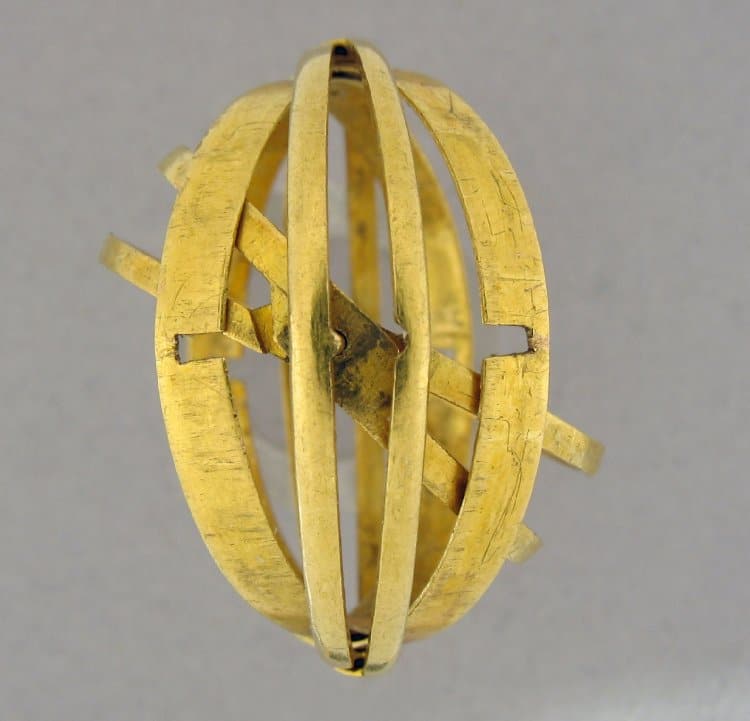To imagine ourselves into the time of Leonardo da Vinci, we must first imagine a world without such things as helicopters, parachutes, tanks, diving suits, robots. Yet those all existed for Leonardo himself — or rather, they existed in his imagination. What he didn’t build in real life, he documented in his notebooks, leaving behind material for appreciations of his genius that would continue half a millennium later. One such appreciation appears above in a new video from Lost in Time, which renders his inventions using the kind of 3D animation technology even the paradigmatic Renaissance man couldn’t have begun to foresee.
This helps us see Leonardo’s work from the perspective of his contemporaries, and to feel how surprised they would’ve been to encounter a seated knight who stands up, opens his visor, and reveals that there’s no one inside the armor. That sort of thing might even amuse us here in the twenty-first century, but accustomed as we are to seeing machines that move around under their own power — and now, seeing them take more credible humanoid form every day — we wouldn’t be inclined to credit it with any kind of life force.
In the fourteen-nineties, however, manpower was what people knew, so they instinctively looked for the man. Leonardo, too, conceived most of his inventions to employ human muscle, the study of whose inner workings enabled him to make the gears and pulleys of his “robotic” knight move its limbs realistically.
According to the plans in one of Leonardo’s notebooks, his “aerial screw,” involving a linen sail wrapped around a wooden mast, would need four men running in circles around a revolving platform, which would theoretically cause the mast to rotate and the whole contraption to lift into the air. As designed, it wouldn’t have been able to take off, but in 2019, University of Maryland scientists modified it to work successfully in miniature, as a kind of drone. As shown in the video, that’s not the only one of Leonardo’s unrealized inventions his intellectual descendants have tried out for themselves. It seems that none have yet attempted to construct his nearly 80-foot-wide crossbow, whose use on the battlefield required the efforts of a dozen soldiers, but then, that’s probably all to the good.
Related Content:
The Ingenious Inventions of Leonardo da Vinci Recreated with 3D Animation
Leonardo da Vinci Draws Designs of Future War Machines: Tanks, Machine Guns & More
Explore the Largest Online Archive Exploring the Genius of Leonard da Vinci
Based in Seoul, Colin Marshall writes and broadcasts on cities, language, and culture. His projects include the Substack newsletter Books on Cities and the book The Stateless City: a Walk through 21st-Century Los Angeles. Follow him on the social network formerly known as Twitter at @colinmarshall.









